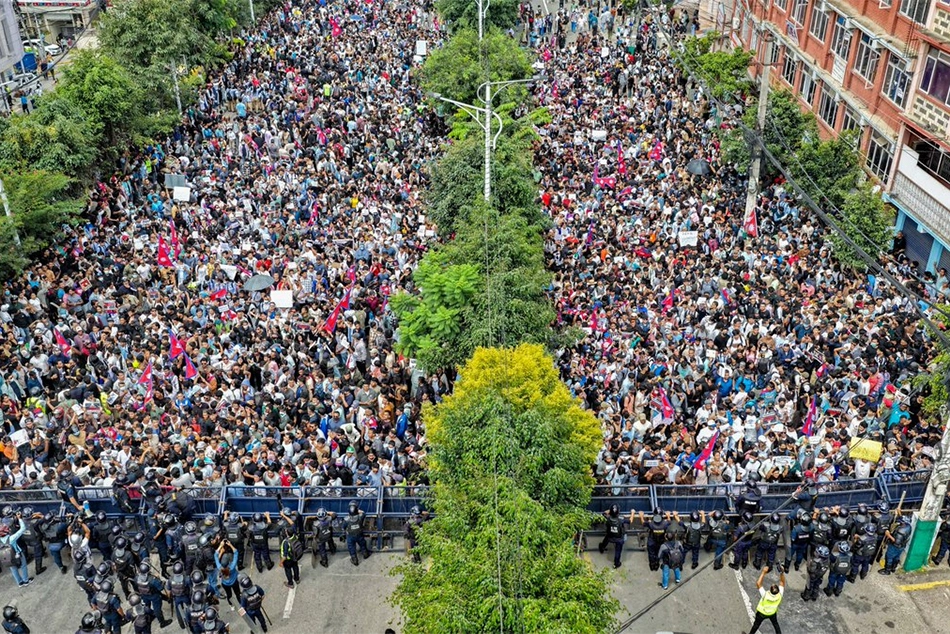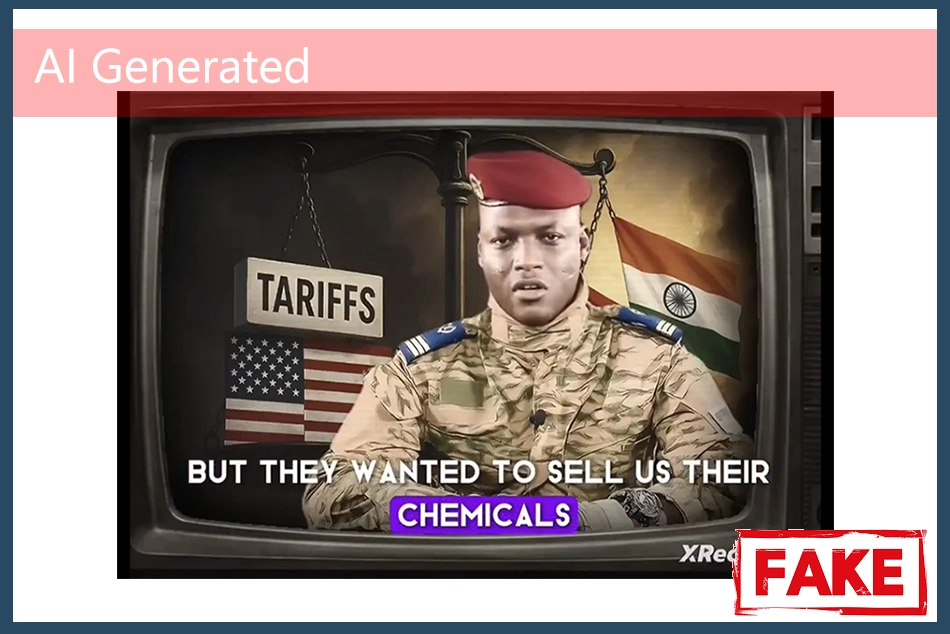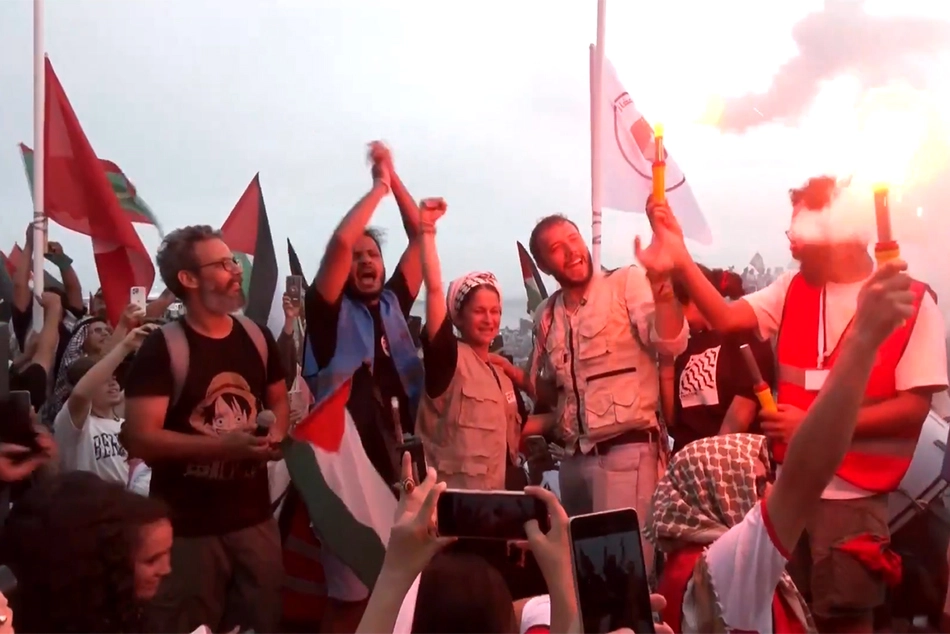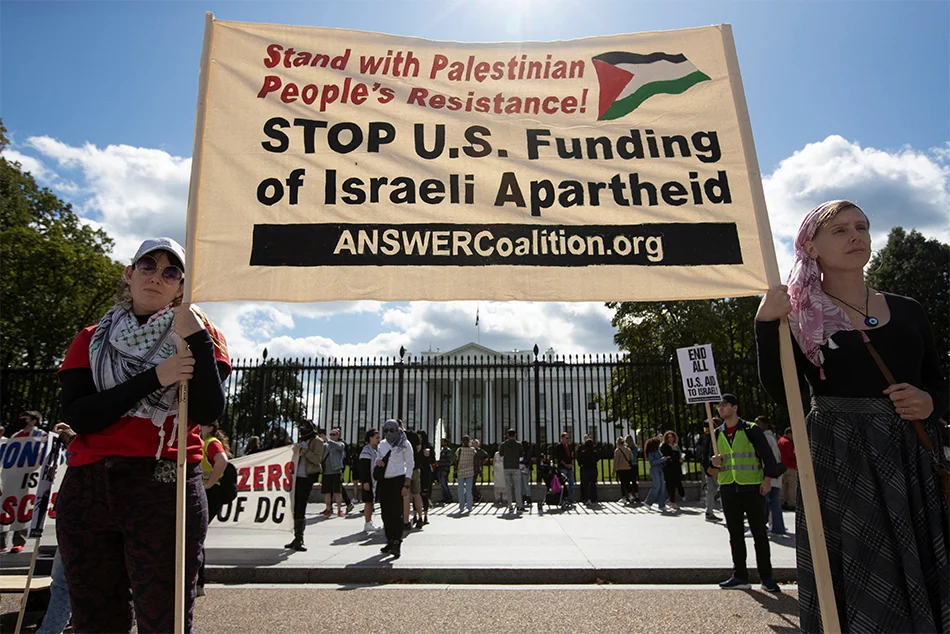
Is Europe on the brink of Nuclear War?
Never since World War II have Europe and the US found themselves in such a precarious situation

The much-hyped recent meeting between Russian President Vladimir Putin and US President Donald Trump has, by now, seemingly ended in a damp squib. The Russia–Ukraine war (ongoing since 2023) continues unabated, with renewed acceleration.
Russia reportedly launched more than 800 drones into Ukraine on September 7, shortly after Putin and Chinese President Xi Jinping met at the Shanghai Cooperation Organization (SCO) summit in Tianjin, China (September 1). North Korean President Kim Jong Un—an anathema to Europe and the US—was also closely aligned.
India’s Prime Minister Narendra Modi was present too, in what seemed like a somersault in response to US tariffs and penalties over India’s purchase of Russian oil at heavily subsidized rates, effectively making India a “laundromat” for the Russian economy, as described by US trade advisor Peter Navarro. India did not attend the victory parade in China, whereas Pakistan’s army chief Asim Munir did.
India and Pakistan had previously been locked in conflict until a ceasefire was brokered by Donald Trump—a fact Modi continues to deny. A growing rift is evident between Modi and Trump. Modi reportedly ignored four phone calls from Trump, after which Trump canceled the QUAD meeting in India. In turn, Modi canceled his UNGA visit, where a rendezvous with Trump had been possible. Modi has also remained silent on Trump’s nomination for the Nobel Peace Prize—a move supported by Pakistan.
Currently, three wars appear closely aligned: India vs. Pakistan, Israel vs. Iran, and China over Taiwan, all taking place amid the raging Russia–Ukraine war. Since the Hamas attack on October 7, 2023, Israel has continued its genocidal war on Palestine, with around 65,000 people killed so far. The US has stood firmly with Israel, while the US, NATO, and European nations continue to support Ukraine militarily.
Russia, on the other hand, is strongly backed by Iran and China. India has momentarily distanced itself from the US but cannot afford to break ties entirely, as Washington and Tel Aviv are deeply intertwined. Meanwhile, Turkey and the 22 Arab states have long abandoned Palestine, aligning instead with the US (and by extension, Israel).
These current and looming conflicts must be understood against the backdrop of earlier flashpoints. The 44-day war between Azerbaijan and Armenia over Nagorno-Karabakh in September 2020 saw Turkey and Israel backing Azerbaijan, while Iran and Russia supported Armenia. The war ended only after Russia brokered a ceasefire.
Soon after, in May 2021, a 12-day war between Israel and Hamas broke out, which ended in a truce after Putin warned Israel’s ambassador to Moscow, Alexander Ben Zvi, to stop hostilities. Iran supported Hamas, and Russia played a key role in halting the conflict.
The common thread: Russia and Iran. This alignment pushed global powers to entangle Russia, setting the stage for the February 2022 Russia–Ukraine war, triggered by Ukraine’s prospective NATO membership—which would have brought NATO to Russia’s doorstep. Azerbaijan remains hostile toward Iran and is almost certain to side with Israel, along with Arab states and Turkey, if an Israel–Iran war breaks out—a scenario that now appears imminent.
The SCO meeting has strengthened Russia–China ties. Both had already agreed during the Beijing Winter Olympics (2023) to support each other’s wars. Over the past two years, the US and NATO have pumped billions of dollars in military aid into Ukraine, though Trump has attempted to place some brakes on this.
Also Read: A New Global Governance Initiative?
The US now wants NATO to fund long-range missiles for Ukraine. If President Volodymyr Zelenskyy deploys these against Russia, it could trigger a direct escalation—potentially leading to nuclear war. These ominous signs are increasingly visible on the world stage.
Following the first phase of the Israel–Iran conflict, the US bombed Iran’s nuclear facilities. In response, Russian PM Dmitry Medvedev expressed willingness to supply nuclear warheads to Iran. China, too, has reportedly extended its security umbrella over Iran.
Meanwhile, European powers England and France have moved to strengthen their nuclear deterrence by agreeing to coordinate operational aspects of their nuclear arsenals. This step reflects widespread speculation that Russia may retaliate with nuclear strikes if Ukraine deploys long-range missiles.
In its latest offensive, Russia targeted the Ukrainian government headquarters—a major escalation signaling the failure of US and European defense systems. Precision strikes on Ukrainian leadership may follow. Putin is well aware that targeting Zelenskyy could provoke NATO’s direct intervention. Conversely, Zelenskyy may not hesitate to escalate if the opportunity arises.
England has already begun preparing for a possible war with Russia, conducting emergency tests of alert messages across tens of millions of phones. As part of public sensitization, citizens have been advised to stock essential medicines and prepare “go bags” containing torches, phone chargers, warm clothing, blankets, high-visibility gear, jump leads, food, water, snow shovels, and first-aid kits.
France has issued similar preparations, instructing hospitals to prepare for treating thousands of soldiers within 10 to 180 days. Medical centers are also being set up at transport hubs to facilitate the rerouting of foreign soldiers back to their home countries.
Another major concern for Europe comes from satellite imagery reportedly showing a fresh Russian military buildup near the borders of the Baltic states and Finland, according to Polskie Radio. The data indicates thousands of Russian troops, aircraft, and naval units stationed roughly 250 km east of Helsinki. If Russia attacks the strategic Suwałki Gap—akin to the “Chicken Neck” corridor on India’s northeast border—it could seize control of the only land route linking Estonia, Latvia, and Lithuania to the rest of Europe. This is NATO’s most vulnerable land corridor. In response, NATO has drawn up a new defense strategy, including a rapid-reaction force of 300,000 troops ready to deploy within 30 days.
Never since World War II have Europe and the US found themselves in such a precarious situation. The question now looms large: Will this spiral into a Third World War?
[The writer, Haider Abbas, is former State Information Commissioner Uttar Pradesh. He writes on international issues.]
References:
1-https://www.nippon.com/en/in-depth/d01160/
2-https://www.polskieradio.pl/395/7784/artykul/3494829,russia-reportedly-eyes-suwalki-gap-satellite-images-show-military-buildup
Follow ummid.com WhatsApp Channel for all the latest updates.
Select Language to Translate in Urdu, Hindi, Marathi or Arabic







